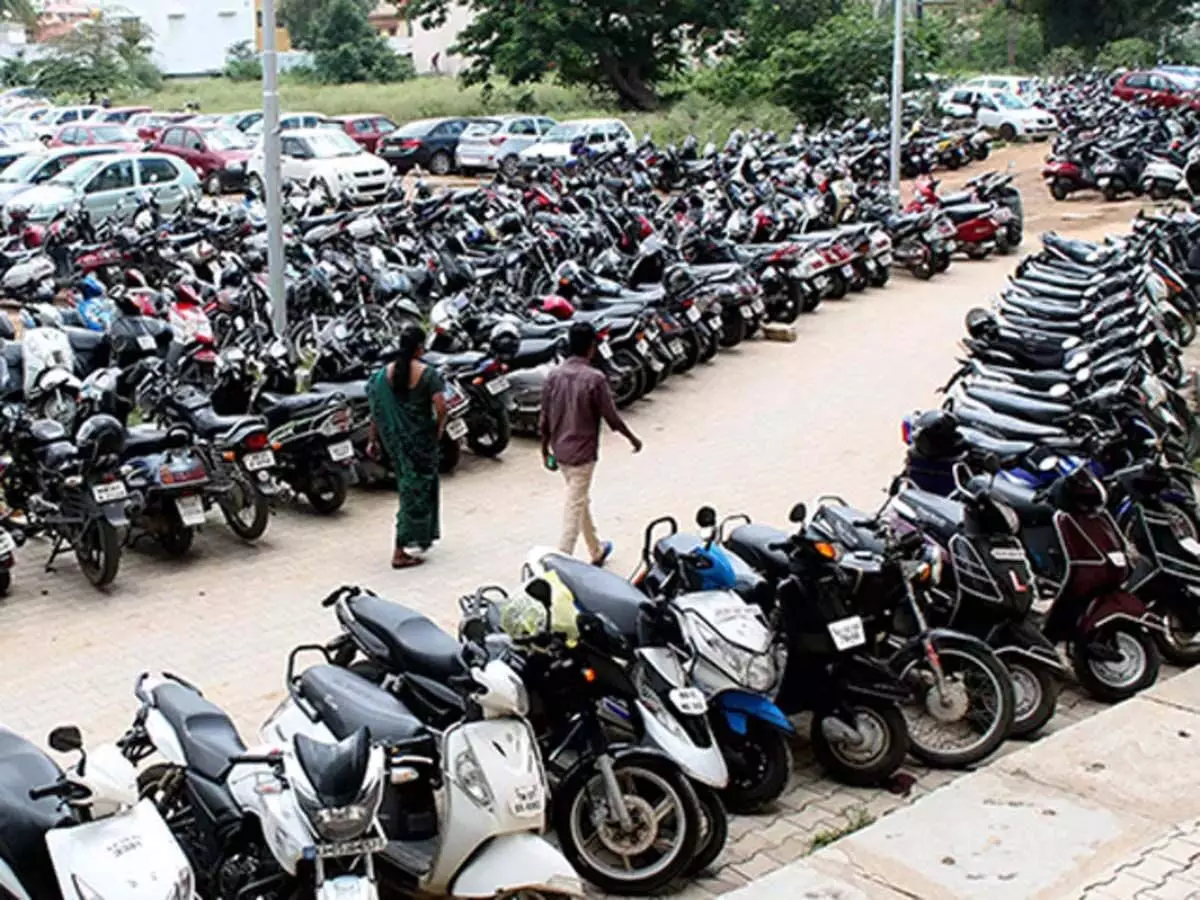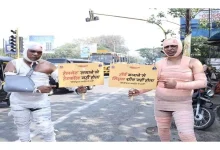
Business Business. The two-wheeler (2W) segment has improved in the first half (H1) of 2024, mainly due to better performance in rural areas. According to the Federation of Automobile Dealers Associations (FADA), rural contribution has increased by about 57 to 60 per cent in the first quarter of 2024 (April to June), indicating increasing demand for two-wheelers in these regions. Experts believe that this trend is likely to continue due to a good monsoon season and government initiatives focused on rural development. Despite challenges such as extreme heat and the election period, total two-wheeler sales in the first half of 2024 grew 11.76 per cent compared to the same period in 2023. Analysts pointed out that adequate rainfall, affordability and lack of public transport options in rural areas are important factors influencing this improvement. Sanket Kelaskar of Ashika Group said that the new coalition government’s focus on rural development could further increase two-wheeler sales. Key factors to watch include agricultural production driven by adequate rainfall and a possible reduction in fuel prices to maintain affordability.“The formation of the new coalition government is expected to bring an increased focus on rural development. This may result in more government capital expenditure and schemes aimed at boosting rural incomes and disposable spending power. Improved rural economic conditions will directly benefit the demand for entry-level two-wheelers and scooters, which have a large market share in rural India.
” Echoing a similar sentiment, K. N. Radhakrishnan, Chairman, Managing Director and Chief Executive Officer, TVS Motor Company, revealed in the FY24 fourth quarter investment call that he expects healthy growth for the two-wheeler industry this year driven by both urban and rural markets. He sees a significant opportunity in the scooter segment, which caters to both men and women in urban, semi-urban and even rural areas due to better road infrastructure in rural India.TVS is optimistic about the rural market, hoping a normal monsoon this year will bring positive momentum. He highlighted that the younger generation rural customers are not only budget-conscious but also ambitious, looking for premium products like the Apache, Raider or Ntorq. TVS estimates that rural share in TVS Motors’ domestic sales is around 45 to 50 per cent, with financing penetration at 56 per cent. Yamaha, Honda Motorcycle and Scooter India (HMSI), Hero and Bajaj did not respond to queries sent by Business Standard. Analysts also expect that maintaining affordability and controlling overall cost of ownership will be key to boosting two-wheeler sales in price-sensitive rural markets. Thus, a reduction in fuel prices supported by tax cuts could positively impact two-wheeler sales.
This recovery is expected to benefit manufacturers such as Bajaj Auto and Hero MotoCorp, as Bajaj’s launch of the CNG-powered motorcycle Freedom 125 offers a cost-effective option for rural consumers, while Hero MotoCorp’s strong presence in the entry-level segment puts it well-positioned to benefit from growing rural demand. Anurag Singh, Managing Director, Primus Partners, emphasises that the rural market has been a key driver of two-wheeler sales for close to a decade. “With good monsoons, high MSPs for crops and increased rural economic strength, motorcycles continue to be a viable option for rural roads and conditions, ensuring continued growth in this segment.” In the rural market, motorcycles continue to be more popular than scooters, possibly due to the fact that motorcycles are considered more practical for rural roads and conditions. Although total two-wheeler sales from January to June 2024 grew 11.76 per cent to 8,982,502 units compared to the same period in 2023, sales declined marginally by 0.189 per cent compared to the second half of 2023. Earlier, concerns were raised about a consistent recovery for the industry due to uneven rainfall which impacted agricultural cash flows and consequent rural demand. Therefore, credit rating agency ICRA remains optimistic about a sustained recovery in demand despite a number of challenges, including rising ownership costs, persistent inflationary pressures and rising financing rates. The combination of a growing rural economy, a positive monsoon season and government support programmes is putting more money in the pockets of rural residents, who are increasingly turning to two-wheelers to meet their transportation needs.
















